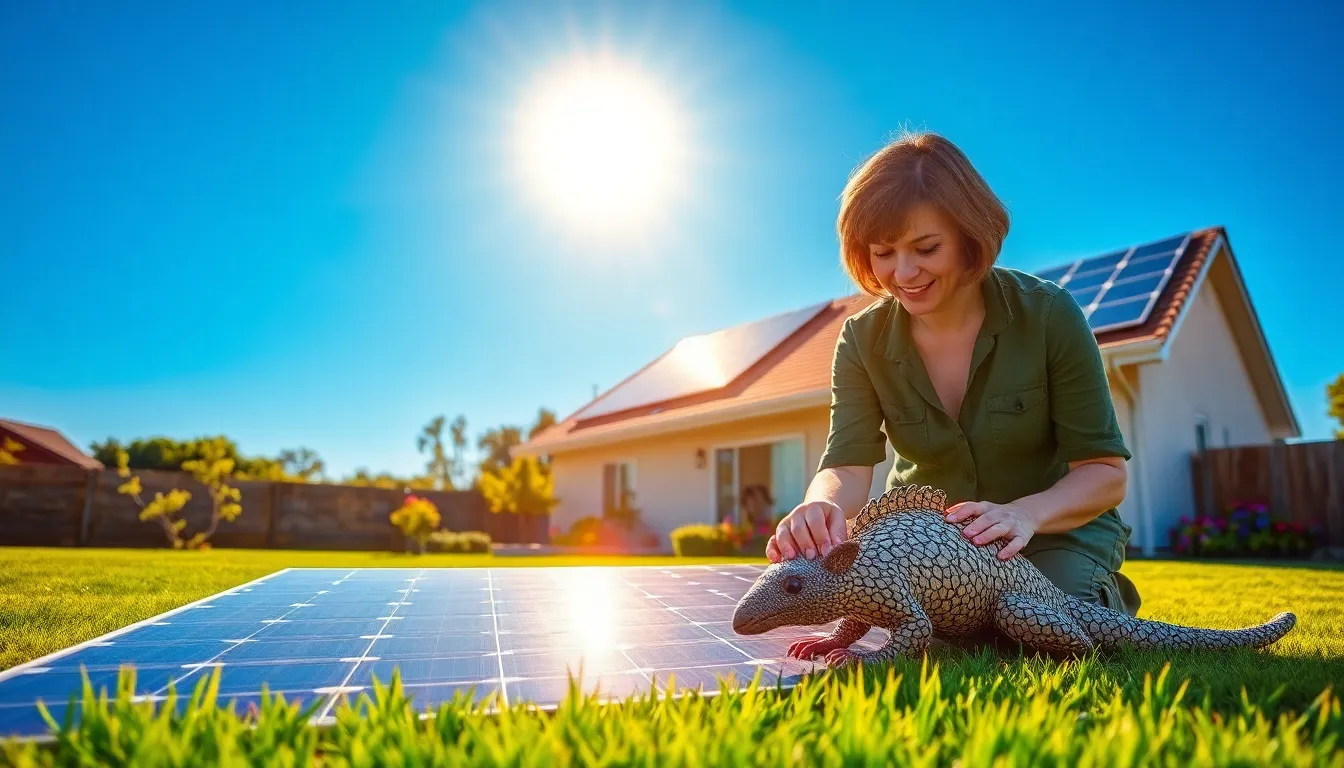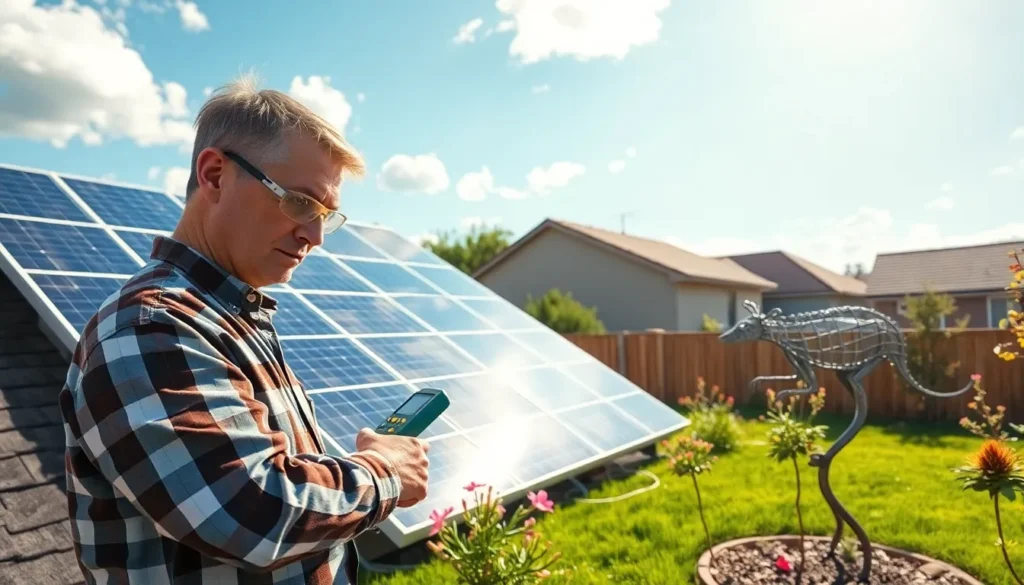In an era where sustainability meets innovation, DIY solar solutions are becoming increasingly popular, especially among homeowners looking for effective ways to reduce their energy bills and environmental footprint. Homerocket Realty presents a unique perspective by integrating innovative pangolin designs into DIY solar projects. This article delves into the benefits of going solar, the significance of pangolins in sustainable living, and a comprehensive guide to building your own solar panel system.
Table of Contents
ToggleUnderstanding DIY Solar Solutions

Benefits of Going Solar
Going solar isn’t just a trend: it’s a transformative approach to energy consumption. Homeowners who convert to solar gain numerous benefits such as increased energy independence, reduced reliance on fossil fuels, and a buffer against fluctuating energy prices.
Cost Savings on Energy Bills
A primary motivation for installing solar panels is the potential for significant cost savings. Once installed, solar systems can drastically lower or even eliminate monthly electricity bills. Many homeowners report savings that can pay off the system within a few years, after which they enjoy free energy for decades.
Environmental Impact Reduction
Solar power drastically reduces carbon emissions. By harnessing the energy from the sun, individuals contribute to the fight against climate change, significantly lowering their home’s carbon footprint. This not only benefits the environment but also supports a sustainable future for generations to come.
Exploring Pangolin Innovations in Solar Technology
What Are Pangolins?
Pangolins are unique, scaly mammals known for their nocturnal habits and insectivorous diets. With eight species spread across Africa and Asia, these fascinating creatures have become a symbol of wildlife conservation. Their adaptations and behaviors provide surprising cues for energy innovations, particularly in solar technology.
The Role of Pangolins in Sustainable Living
As species heavily affected by habitat loss and poaching, pangolins also exemplify the intersection of nature and sustainability. They inspire designs that minimize environmental impact, reminding us that every solution must also prioritize conservation efforts. Integrating pangolin-inspired aesthetics and functionality into solar projects can raise awareness for wildlife preservation while promoting renewable energy.
Integrating Pangolin Designs into DIY Projects
Step-by-Step Guide to Building Your Own Solar Panel System
- Assess Your Energy Needs: Calculate the average energy consumption of your home.
- Estimate System Size: Based on your energy needs, determine the number of solar panels required.
- Select the Right Location: Choose a spot with maximum sun exposure, ideally south-facing.
- Install Mounts: Securely mount the solar panels onto chosen locations, considering structural safety.
- Connect the Panels: Wire the panels together, ensuring proper polarity and connections.
- Install the Inverter: Connect the inverter to convert solar energy to usable electricity.
- Final Inspection: Ensure everything is securely installed and functioning properly.
Key Materials and Tools Required
For a successful DIY solar installation, you will need:
- Solar panels
- Inverter
- Mounting brackets
- Wiring and connectors
- Tools: drill, screwdriver, voltage meter, and a safety kit including gloves and goggles.
Installation Process Overview
Maintaining Your DIY Solar System
Regular maintenance is crucial for maximizing efficiency. Ensure that the panels are cleaned periodically to remove dust and debris, and inspect wiring for any damage. Also, keeping an eye on your inverter’s performance will help identify and resolve any potential issues early on.
Troubleshooting Common Issues
If the system isn’t performing as expected:
- Check for obstructions: Shadows from trees or buildings can drastically reduce output.
- Inspect electrical connections: Look for loose or corroded wires.
- Monitor performance: Use a solar monitoring system to track production and detect irregularities.
Concluding Thoughts on DIY Solar Solutions
To conclude, embracing DIY solar solutions not only empowers individual homeowners but also promotes a collective movement towards sustainable energy. By harnessing innovations inspired by nature, such as those from pangolins, individuals can create powerful solar systems that contribute to a greener planet. As technology continues to advance, the integration of creativity and sustainability will be essential for driving the future of renewable energy.








